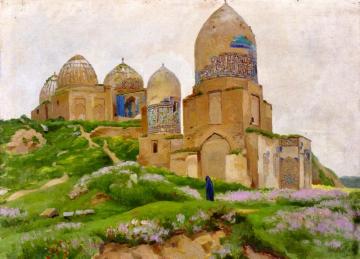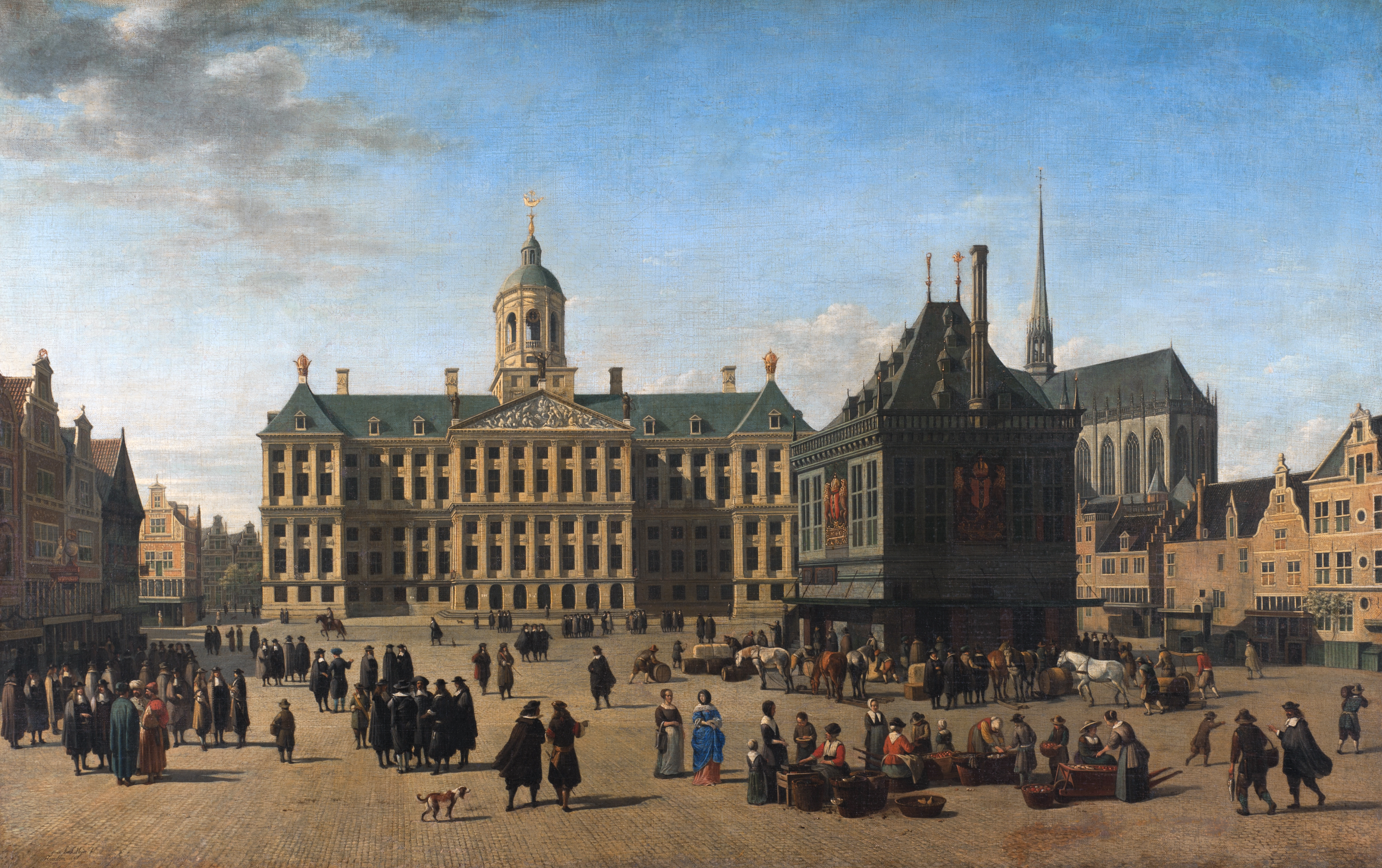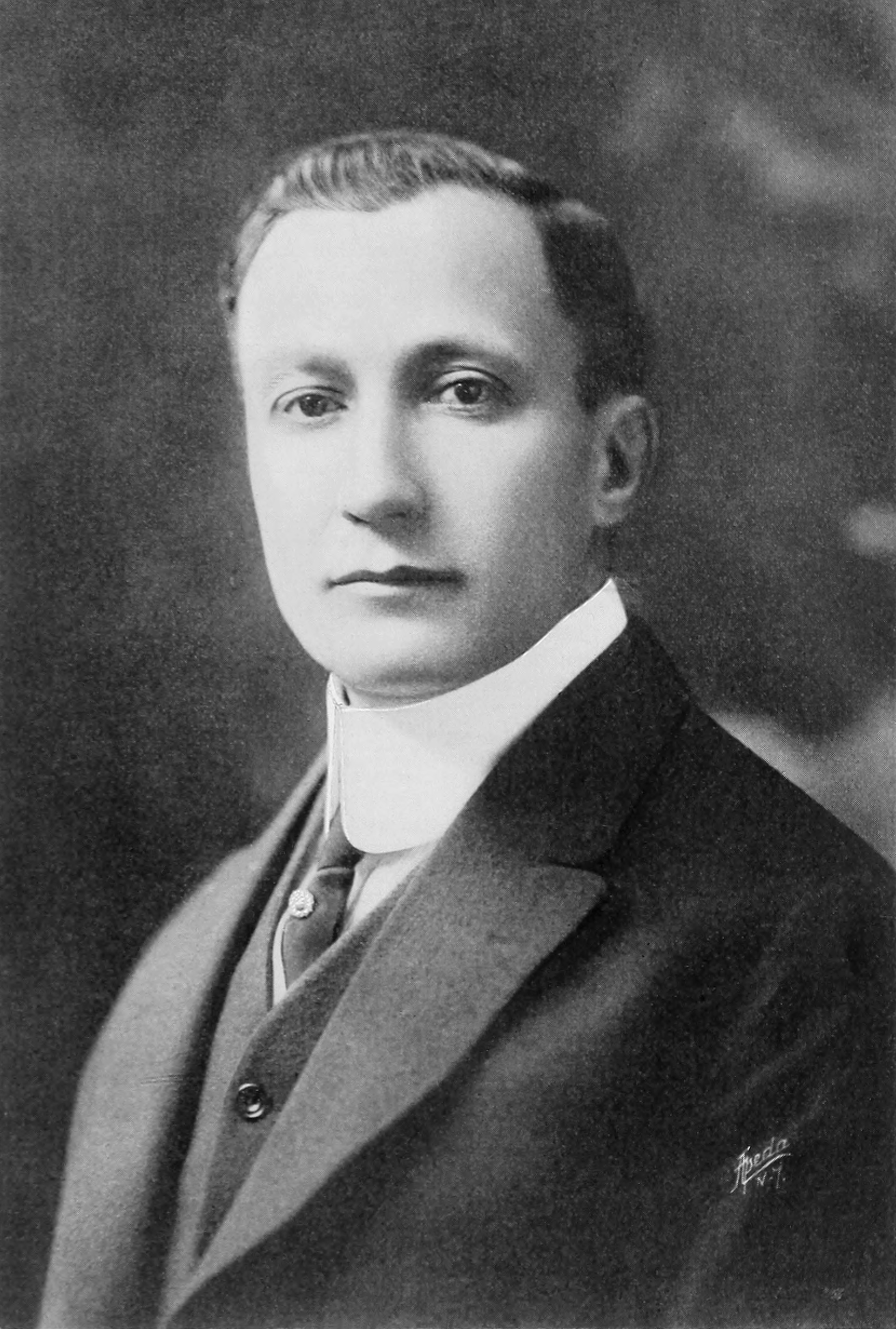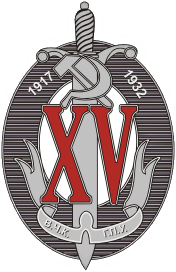|
Ivan Kazakov
Ivan Semyonovich Kazakov (Russian: Иван Семёнович Казаков; (1 February 1873, Kasilova, Oryol Governorate - 16 October 1935, Tashkent) was a painter and graphic artist; residing in the Russian Empire and later the Uzbek Soviet Socialist Republic. Biography He was born to a family of farmers. From 1888 to 1894, he studied at the Moscow School of Painting, Sculpture and Architecture. He continued at the Imperial Academy of Arts under Vladimir Makovsky and was awarded the title of "Artist" in 1898."Artists of Uzbekistan: Ivan Kazakov" @ Benkovci. His title included a stipend to study abroad so, from 1899 through 1900, he travelled to Italy, France and Germany. [...More Info...] [...Related Items...] OR: [Wikipedia] [Google] [Baidu] |
Oryol Governorate
Oryol Governorate (russian: Орловская губерния, ''Orlovskaya guberniya'') or the Government of Oryol, was an administrative division (a '' guberniya'') of the Russian Empire and the early Russian SFSR, which existed from 1796 to 1928. Its seat was in the city of Oryol. Administrative division Oryol Governorate consisted of the following uyezds (administrative centres in parentheses): * Bolkhovsky Uyezd ( Bolkhov) * Bryansky Uyezd (Bryansk) * Dmitrovsky Uyezd ( Dmitrovsk) * Yeletsky Uyezd ( Yelets) * Karachevsky Uyezd ( Karachev) * Kromskoy Uyezd ( Kromy) * Livensky Uyezd (Livny) * Maloarkhangelsky Uyezd ( Maloarkhangelsk) * Mtsensky Uyezd ( Mtsensk) * Orlovsky Uyezd Orlovsky or Orłowski (masculine), Orlovskaya or Orłowska (feminine), or Orlovskoye (neuter) may refer to: *Orlowski/Orlovsky, a Slavic surname *Oryol Oblast (''Orlovskaya oblast''), a federal subject of Russia *Orlovsky District, several districts ... ( Oryol) * Sevsky Uyezd ( Sevsk) * Trubchev ... [...More Info...] [...Related Items...] OR: [Wikipedia] [Google] [Baidu] |
Feuilleton
A ''feuilleton'' (; a diminutive of french: feuillet, the leaf of a book) was originally a kind of supplement attached to the political portion of French newspapers, consisting chiefly of non-political news and gossip, literature and art criticism, a chronicle of the latest fashions, and epigrams, charades and other literary trifles. The term ''feuilleton'' was invented by the editors of the French '' Journal des débats''; Julien Louis Geoffroy and Bertin the Elder, in 1800. The ''feuilleton'' has been described as a "talk of the town", and a contemporary English-language example of the form is the "Talk of the Town" section of ''The New Yorker.'' In English newspapers, the term instead came to refer to an installment of a serial story printed in one part of a newspaper. History The ''feuilleton'' was the literary consequence of the Coup of 18 Brumaire (Dix-huit-Brumaire). A consular edict of January 17, 1800, made a clean sweep of the revolutionary press, and cut down the ... [...More Info...] [...Related Items...] OR: [Wikipedia] [Google] [Baidu] |
Cityscape Artists
In the visual arts, a cityscape (urban landscape) is an artistic representation, such as a painting, drawing, print or photograph, of the physical aspects of a city or urban area. It is the urban equivalent of a landscape. ''Townscape'' is roughly synonymous with ''cityscape,'' though it implies the same difference in urban size and density (and even modernity) implicit in the difference between the words ''city'' and ''town''. In urban design the terms refer to the configuration of built forms and interstitial space. History of cityscapes in art From the first century A.D. dates a fresco at the Baths of Trajan in Rome depicting a bird's eye view of an ancient city.Eugenio la Rocca: "The Newly Discovered City Fresco from Trajan's Baths, Rome." ''Imago Mundi'' Vol. 53 (2001), pp. 121–124. In the Middle Ages, cityscapes appeared as a background for portraits and biblical themes. From the 16th up to the 18th century numerous copperplate prints and etchings were made show ... [...More Info...] [...Related Items...] OR: [Wikipedia] [Google] [Baidu] |
Soviet Painters
This is a list of Russians artists. In this context, the term "Russian" covers the Russian Federation, Soviet Union, Russian Empire, Tsardom of Russia and Grand Duchy of Moscow, including ethnic Russians and people of other ethnicities living in Russia. This list also includes those who were born in Russia but later emigrated, and those who were born elsewhere but immigrated to the country and/or worked there for a significant period of time. Alphabetical list __NOTOC__ A B C D E F G H I J K L M N O P R S T U V W Y Z See also * Russian Academy of Arts * List of 19th-century Russian painters * List of 20th-century Russian painters * List of Russian landscape painters * List of painters of Saint Petersburg Union of Artists * :Russian artists * List of Russian architects * List of Russian inventors * List of Russian explorers * List of Russian language writers * Russian culture {{Asian artists Artists ... [...More Info...] [...Related Items...] OR: [Wikipedia] [Google] [Baidu] |
People From Bryansky Uyezd
A person ( : people) is a being that has certain capacities or attributes such as reason, morality, consciousness or self-consciousness, and being a part of a culturally established form of social relations such as kinship, ownership of property, or legal responsibility. The defining features of personhood and, consequently, what makes a person count as a person, differ widely among cultures and contexts. In addition to the question of personhood, of what makes a being count as a person to begin with, there are further questions about personal identity and self: both about what makes any particular person that particular person instead of another, and about what makes a person at one time the same person as they were or will be at another time despite any intervening changes. The plural form " people" is often used to refer to an entire nation or ethnic group (as in "a people"), and this was the original meaning of the word; it subsequently acquired its use as a plural f ... [...More Info...] [...Related Items...] OR: [Wikipedia] [Google] [Baidu] |
People From Zhukovsky District, Bryansk Oblast
A person ( : people) is a being that has certain capacities or attributes such as reason, morality, consciousness or self-consciousness, and being a part of a culturally established form of social relations such as kinship, ownership of property, or legal responsibility. The defining features of personhood and, consequently, what makes a person count as a person, differ widely among cultures and contexts. In addition to the question of personhood, of what makes a being count as a person to begin with, there are further questions about personal identity and self: both about what makes any particular person that particular person instead of another, and about what makes a person at one time the same person as they were or will be at another time despite any intervening changes. The plural form "people" is often used to refer to an entire nation or ethnic group (as in "a people"), and this was the original meaning of the word; it subsequently acquired its use as a plural form of p ... [...More Info...] [...Related Items...] OR: [Wikipedia] [Google] [Baidu] |
1935 Deaths
Events January * January 7 – Italian premier Benito Mussolini and French Foreign Minister Pierre Laval conclude an agreement, in which each power agrees not to oppose the other's colonial claims. * January 12 – Amelia Earhart becomes the first person to successfully complete a solo flight from Hawaii to California, a distance of 2,408 miles. * January 13 – A plebiscite in the Territory of the Saar Basin shows that 90.3% of those voting wish to join Germany. * January 24 – The first canned beer is sold in Richmond, Virginia, United States, by Gottfried Krueger Brewing Company. February * February 6 – Parker Brothers begins selling the board game Monopoly in the United States. * February 13 – Richard Hauptmann is convicted and sentenced to death for the kidnapping and murder of Charles Lindbergh Jr. in the United States. * February 15 – The discovery and clinical development of Prontosil, the first broadly effective antibiotic, is published in a series ... [...More Info...] [...Related Items...] OR: [Wikipedia] [Google] [Baidu] |
1873 Births
Events January–March * January 1 ** Japan adopts the Gregorian calendar. ** The California Penal Code goes into effect. * January 17 – American Indian Wars: Modoc War: First Battle of the Stronghold – Modoc Indians defeat the United States Army. * February 11 – The Spanish Cortes deposes King Amadeus I, and proclaims the First Spanish Republic. * February 12 ** Emilio Castelar, the former foreign minister, becomes prime minister of the new Spanish Republic. ** The Coinage Act of 1873 in the United States is signed into law by President Ulysses S. Grant; coming into effect on April 1, it ends bimetallism in the U.S., and places the country on the gold standard. * February 20 ** The University of California opens its first medical school in San Francisco. ** British naval officer John Moresby discovers the site of Port Moresby, and claims the land for Britain. * March 3 – Censorship: The United States Congress enacts the Coms ... [...More Info...] [...Related Items...] OR: [Wikipedia] [Google] [Baidu] |
List Of Orientalist Artists
This is an incomplete list of artists who have produced works on Orientalist subjects, drawn from the Islamic world or other parts of Asia. Many artists listed on this page worked in many genres, and Orientalist subjects may not have formed a major part of their body of work. For example, the list includes some portrait painters based in Europe who on occasion painted sitters wearing "oriental" costume. The list also includes Orientalist photographers, engravers and lithographers. The list includes links to the English Wikipedia, and where no English article exists, named artists are linked to foreign language versions of Wikipedia, where available. Note: This listing uses Spanish naming customs, for personalities from cultural areas where they prevail : the first family name is the paternal name and the second is the maternal family name. Artists are listed alphabetically by their paternal family name. For example, the Spanish artist, Joaquín Sorolla y Bastida, is listed und ... [...More Info...] [...Related Items...] OR: [Wikipedia] [Google] [Baidu] |
Dushanbe
Dushanbe ( tg, Душанбе, ; ; russian: Душанбе) is the capital and largest city of Tajikistan. , Dushanbe had a population of 863,400 and that population was largely Tajik. Until 1929, the city was known in Russian as Dyushambe (russian: Дюшамбе, ''Dyushambe''), and from 1929 to 1961 as Stalinabad ( tg, Сталинобод, Stalinobod), after Joseph Stalin. Dushanbe is located in the Gissar Valley, bounded by the Gissar Range in the north and east and the Babatag, Aktau, Rangontau and Karatau mountains in the south, and has an elevation of 750–930 m. The city is divided into four districts, all named after historical figures: Ismail Samani, Avicenna, Ferdowsi, and Shah Mansur. In ancient times, what is now or is close to modern Dushanbe was settled by various empires and peoples, including Mousterian tool-users, various neolithic cultures, the Achaemenid Empire, Greco-Bactria, the Kushan Empire, and the Hephthalites. In the Middle Ages, more settl ... [...More Info...] [...Related Items...] OR: [Wikipedia] [Google] [Baidu] |
Joint State Political Directorate
The Joint State Political Directorate (OGPU; russian: Объединённое государственное политическое управление) was the intelligence and state security service and secret police of the Soviet Union from 1923 to 1934. The OGPU was formed from the State Political Directorate of the Russian Soviet Federative Socialist Republic one year after the founding of the Soviet Union and responsible to the Council of People's Commissars. The agency operated inside and outside the Soviet Union, persecuting political criminals and opponents of the Bolsheviks such as White émigrés, Soviet dissidents, and anti-communists. The OGPU was based in the Lubyanka Building in Moscow and headed by Felix Dzerzhinsky until his death in 1926 and then Vyacheslav Menzhinsky until it was reincorporated as the Main Directorate of State Security (GUGB) of the NKVD in 1934. History Founding Following the formation of the Soviet Union in December 1922, the ... [...More Info...] [...Related Items...] OR: [Wikipedia] [Google] [Baidu] |
Anti-Soviet Agitation
Anti-Soviet agitation and propaganda (ASA) (russian: антисове́тская агита́ция и пропага́нда (АСА)) was a criminal offence in the Soviet Union. To begin with the term was interchangeably used with counter-revolutionary agitation. The latter term was in use immediately after the first Russian Revolution in February 1917. The offence was codified in criminal law in the 1920s, and revised in the 1950s in two articles of the RSFSR Criminal Code. The offence was widely used against Soviet dissidents. Stalin era The new Criminal Codes of the 1920s introduced the offence of ''anti-Soviet agitation and propaganda'' as one of the many forms of counter-revolutionary activity grouped together under Article 58 of the Russian RSFSR Penal Code. The article was put in force on 25 February 1927 and remained in force throughout the period of Stalinism. Article 58:10, "propaganda and agitation that called to overturn or undermining of the Soviet regime", was p ... [...More Info...] [...Related Items...] OR: [Wikipedia] [Google] [Baidu] |




_1938.jpg)



.jpg)
